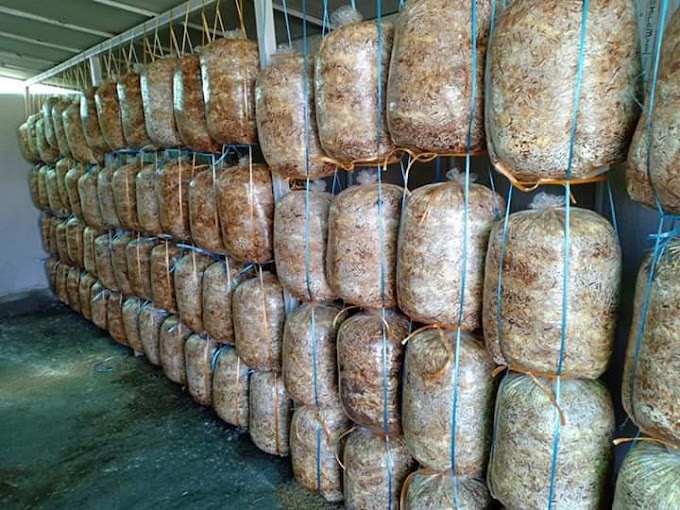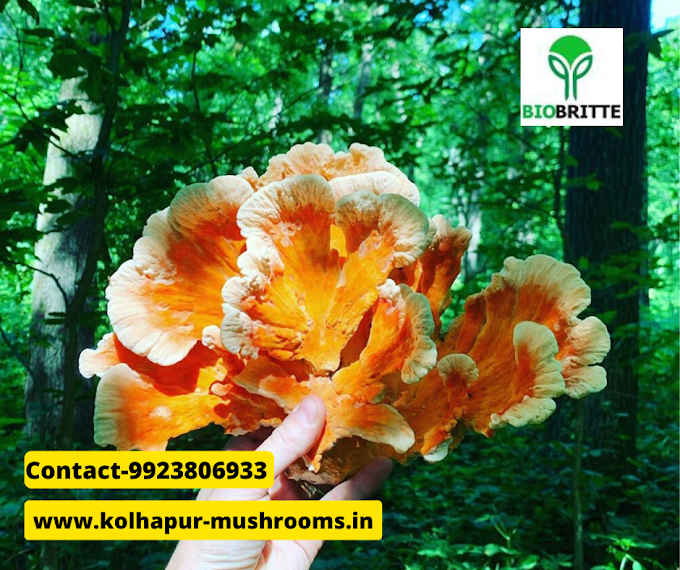Exploring the Environmental Benefits of Mycelium
Mycelium, the vegetative part of a fungus, has gained attention in recent years as a potential building material due to its unique properties and potential environmental benefits. In this article, we will explore the environmental benefits of using mycelium in construction and how it compares to traditional building materials.
One of the key benefits of using mycelium as a building material is its sustainability. Mycelium is a naturally occurring material that can be easily grown and harvested, making it a renewable resource.
1. Significantly fewer greenhouse gas
The production of mycelium also generates significantly fewer greenhouse gas emissions than the production of traditional building materials. For example, the production of cement, a key ingredient in concrete, is responsible for approximately 8% of global greenhouse gas emissions. In contrast, the production of mycelium generates almost no greenhouse gas emissions.
2. Sequester carbon
In addition to its sustainability, mycelium has the ability to sequester carbon from the atmosphere. As mycelium grows, it absorbs carbon dioxide from the air and converts it into biomass. This means that using mycelium as a building material can actually help to reduce the amount of carbon dioxide in the atmosphere, mitigating the effects of climate change.
3. Biodegradability
Another environmental benefit of mycelium is its biodegradability. Unlike traditional building materials like concrete and plastic, which can take hundreds of years to break down, mycelium is biodegradable and will naturally decompose over time. This means that buildings constructed using mycelium will have a smaller environmental footprint and will not contribute to the growing problem of waste and pollution.
4. Durability
In terms of durability, mycelium has been shown to be just as strong as concrete in some cases. It is also resistant to water and fire, making it a suitable material for use in both indoor and outdoor environments. This means that buildings constructed using mycelium can have the same lifespan as buildings constructed using traditional materials.
5. Availability
One potential challenge of using mycelium as a building material is its availability. Mycelium is not yet produced on a large scale, which means that it can be difficult to obtain in large quantities. However, as the demand for sustainable building materials grows, it is likely that more efficient and effective methods of growing and harvesting mycelium will be developed.
In conclusion, the environmental benefits of using mycelium in construction are numerous and significant. Its sustainability, low greenhouse gas emissions, carbon sequestration, biodegradability, and durability make it an attractive alternative to traditional building materials. As the construction industry continues to search for more sustainable and eco-friendly options, mycelium is an option that is worth considering.




